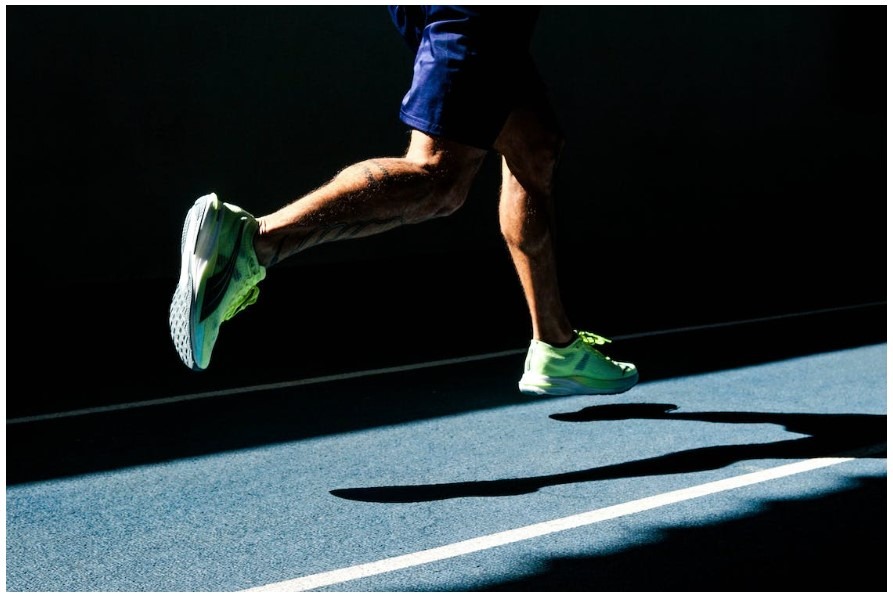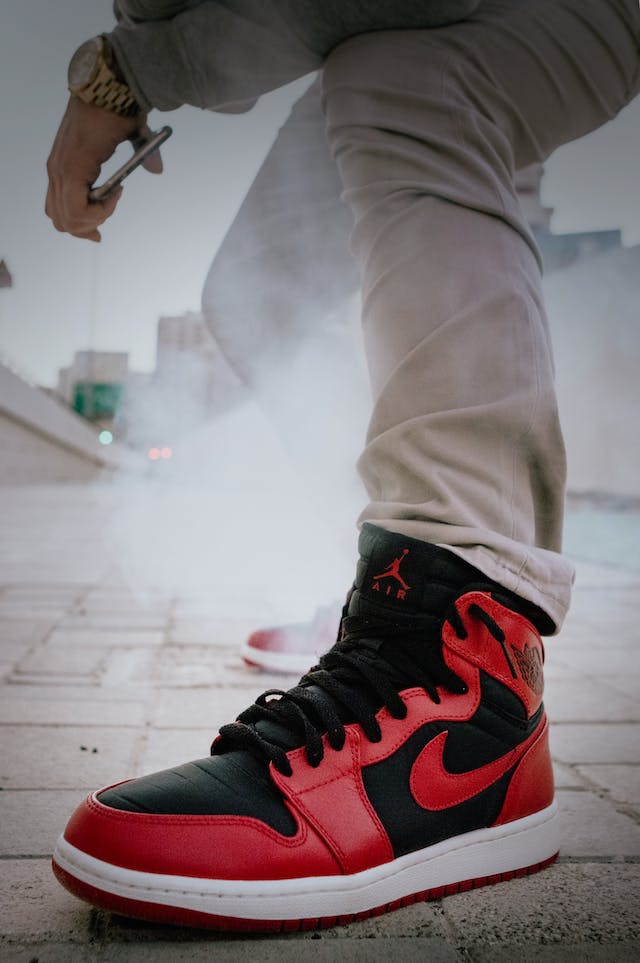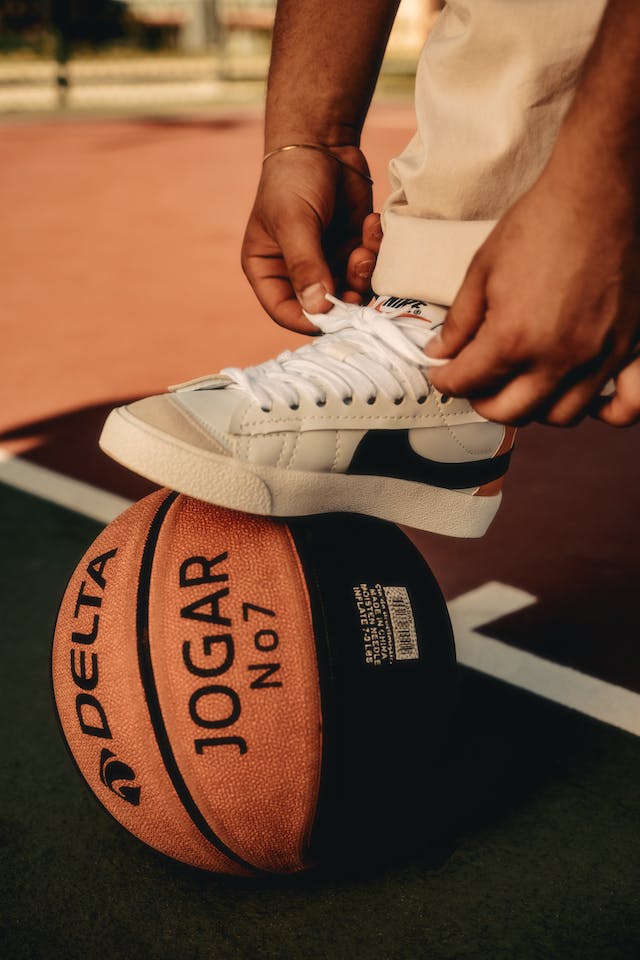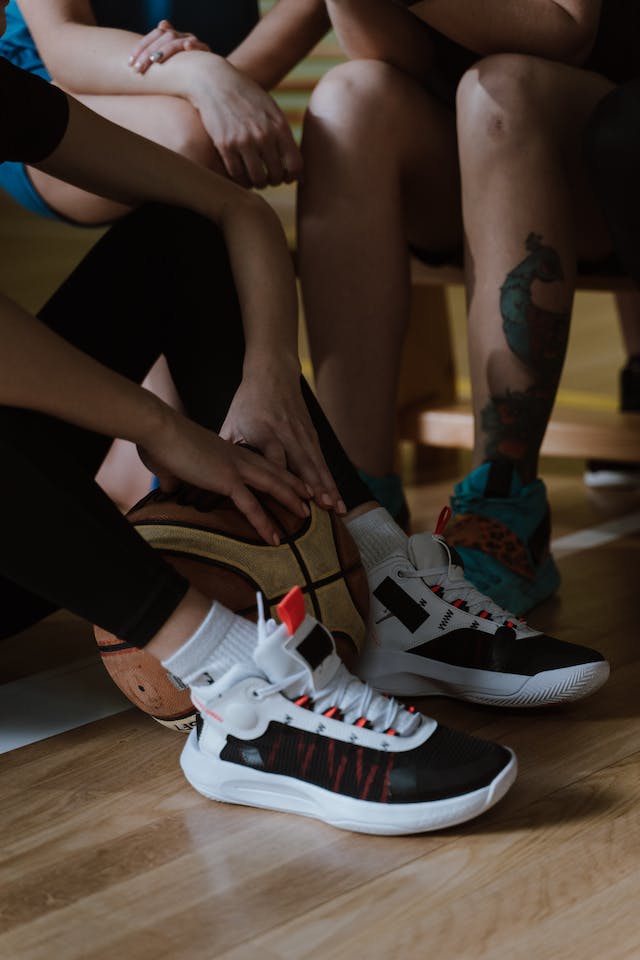The History of Running Shoes

Whichever name you call them – sneakers, trainers, tennis shoes, basketball shoes, etc. – it doesn’t matter as long as running shoes do exactly as they were made to do.
Like many other sports gears, running shoes have had their share of history. It has taken us over 200 years to arrive at a perfect pair of running shoes for every person – and the improvements seem to continue.
Unlike the trendy running shoes of today, the first running shoes were quite uncomfortable as they were originally made of leather. Since leather had the tendency to stretch especially when wet, leather sneakers would wear out pretty quickly. Another problem with the first running shoes is that they did not provide something to absorb the shock from all the impact. They also did not provide support to the wearer’s ankles and joints. As a result, athletes who wore these shoes did not only experience discomfort, but were also at high risk of suffering feet injury.
But these issues paved the way for the inventors to create running shoes that were meant to provide more mobility, as well as comfort, to the wearer:
The 19th century
In 1832, an English inventor named Walt Webster found a way to bond rubber soles to leather shoes and boots, which paved the way for the creation of plimsolls. These shoes were widely worn by children.
Another Englishman named Joseph William Foster, the founder of Boulton company (now Reebok), added spikes to the bottom of plimsolls for a better grip. These were called “running spikes” which first came out in 1852.
The majority of the running shoes during the 19th century were manufactured by companies such as Goodyear and Dunlop.
However, running shoes were once considered a luxury and only the well-off could buy them. But it was about to change when people started to wear rubber-soled shoes for work and industrial purposes.
Before the turn of the century, manufacturers started making canvas shoes which were attached by rubber soles. Unlike leather shoes, rubber-soled canvas shoes were remarkably more lightweight and flexible, that they allowed for silent walking, or “sneaking” – and that’s where the word “sneakers” came from.
The 20th century
A German cobbler named Adolf Dassler had the idea of making a different type of sneakers meant for long-distance runners and sprinters. So in 1925 he developed special shoes with spikes and cushion underfoot, which were meant for use in athletics.
Dassler’s first shoes were designed for short and medium distances (up to 800 meters or .8 kilometers) . These shoes eventually gained international renown and famous athletes such as Jesse Owens considered these shoes as the finest. In the 1928 Summer Olympics in Amsterdam, German runner Lina Radke won the gold medal in the 800 meter for women, setting the first official world record of 2:16.8. At the time of her victory, Radke wore a pair of Dassler shoes, which made her as the first Olympic gold medalist ever to wear his shoes.
Adolf Dassler and his brother Rudolf established Addas in 1948. But the company eventually split into two firms: Addas (later Adidas) and Ruda (later Puma).
The 1960s
During this period, New Balance introduced The Trackster, which was the first pair of running shoes with multiple widths which ensured an ideal, comfortable fit. Each shoe featured a rippled outersole to improve traction, to act as a shock absorber and to prevent foot pain and injuries, something that people used to experience with wearing metal-spiked running shoes.
The 1970s and the creation of Nike’s “Waffle Trainer”
With running becoming much more popular as a form of leisure and pastime, there came the need to come up with improvements in the running shoes’ design.
This is where Nike’s founder and athletics coach Bill Bowerman hatched the idea of developing lightweight running shoes. He went to delve himself into a series of experiments and trials until he finally came up with the Waffle Trainer in 1974. It was lightweight and bright, but it was also pricey. Fashion magazine Vogue heralded the Waffle Trainer as the “hottest symbol of status.”
The Waffle Trainer was so named because its sole was made with Bowerman’s waffle iron. You’d never thought that a humble kitchen appliance would contribute to the creation of a historic footwear, but that’s exactly the case with Nike. The waffle iron is now displayed at the Nike museum.
The 1970s was also the era where “space age” running shoes emerged, courtesy of NASA. NASA’s engineer M. Frank Rudy teamed with Nike to develop air-cushioned running shoes. He presented the idea of bags filled with pressurized gas that compress when impacted. Forty years later and so, these shoes are still used up to the present.
The 1980s – The Midsole Technology
By this decade, running shoes became wildly popular and the big three shoe companies – Nike, Reebok and Adidas – dominated the world market. More and more celebrities were found wearing and endorsing shoes which boasted the latest in design and technology, particularly the midsole technology.
Saucony introduced the Jazz trainers in 1981. Each shoe featured a triangular lug outsersole which offered improved traction and provided shock absorption from the impact on the wearer’s midsole during long-distance runs.
In 1984 Adidas Micropacer debuted with a built-in pedometer – one of the very first attempts to integrate electronics into footwear.
In 1986, Japanese multinational footwear maker ASICS introduced their first GEL trainer, so called because it had the GEL cushioning compound made of silicone. It was found to displace 28% more impact compared to the traditional Air technology. Up to this day, the GEL technology is still featured on all of ASICS cushioned shoes.
The following year, Nike introduced one of their most innovative and groundbreaking shoe designs – the Air Max 1. It was the first pair of running shoes to feature a visible Air cushioning as a shock absorber.
21st century
As the century advanced, so did the running shoes technology:
In 2005, Nike released its first version of the Nike Free minimalist running shoe, which allowed for a more natural feel and movement. These shoes were designed for certain intense outdoor activities, including barefoot running. Although it was originally offered to athletes, non-athletes had started to wear these shoes as well.
On the other side of the world, Italian footwear maker Vibram launched the odd-looking Five Fingers running shoes that same year. As the name implies, these minimalist shoes featured flexible soles that were shaped to look like a human foot, which even included the toes. The Five Fingers were marketed towards people who are involved in outdoor activities such as kayaking, canoeing, sailing, or hiking.
In 2006, Nike released the Nike Air Zoom Moire, the first running shoes designed to be in sync with the iPod which displayed information such as your running time, pace, distance and calories burned in real-time.
In 2013 New Balance pushed the limits of innovation by tapping the 3D technology to create customized 3D-printed midsoles for running shoes.
In 2015 a lot of footwear manufacturers offered lightweight running shoes, with many models weighing less than 3 ounces.
Running shoes today
Today, there are several running shoes that offer a wide variety of styles, sizes, designs and functions that will suit to everyone’s needs and preferences. There are different running shoes that are made to adapt to various surfaces and distances. There are also running shoes available in various widths, or designed to address the problems of flat feet. The emergence of minimalist and barefoot running shoes are fast catching up in popularity. The options are endless.
It seems that the future of running shoes is now, but a lot of us are still asking – what’s next for them? Running shoes made from biocells? Or self-repairing and self-cleaning running shoes? Or shoes made with synthetic materials which have the characteristics of organic matter? Many manufacturers have come up with their own crazy futuristic shoe concepts that are guaranteed to blow our minds. Only time will tell though, when these concepts will become a reality.




